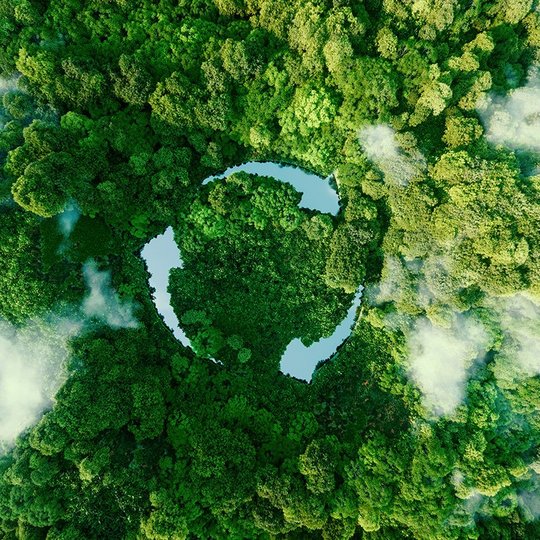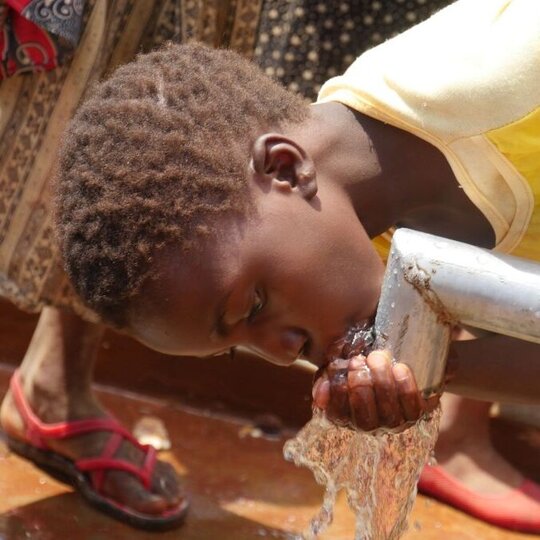NEVEON and Viva con Agua for safe drinking water supply in Malawi
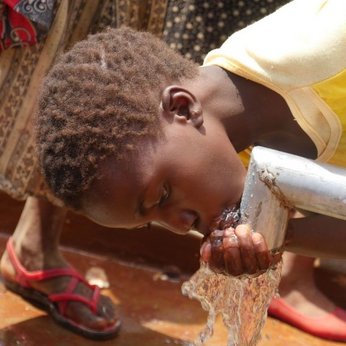
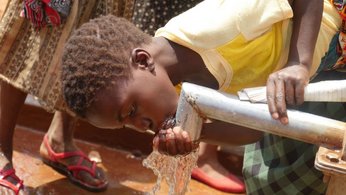
As the crow flies, 35 kilometers separate the village of Kangulu from Lilongwe, the capital of Malawi. This distance necessitated a two-hour drive, largely over dusty, gravel roads, which took us from the bustling metropolis to the tranquil settlement of 240 inhabitants. The aim of our visit was to learn form them more about the drinking water supply in the area and the effectiveness of our water project.
For us, the village of Kangulu had to date just been one of the many names on a long list of wells to be rehabilitated. We knew that the existing well was defective and that the inhabitants had to resort to using a so-called “unsafe water source”, i.e. contaminated surface water. We now wanted to see for ourselves what this meant for the village community and the daily lives of the inhabitants. We were met with a very warm reception, as a visit offers a welcome reason for a celebration, and we sensed how great the joy was with regard to the successful rehabilitation of the village well.
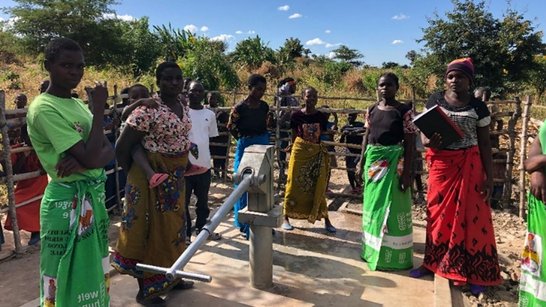
The Water Point Committee looks after the well
Responsibility for the village well lies with the Water Point Committee, which is a group of specially trained residents who take care of the maintenance, upkeep and repair of the well on behalf of the village community. The members of the Water Point Committee are visibly proud of their activities and showed us the books in which the financial contributions of all the inhabitants are carefully documented and administered. We also heard that there is a maintenance contract with a local mechanic and that the Water Point Committee has built up a reserve to finance any repairs or spare parts.
The Village Chief, who is rather like a mayor, wished to show us the water source that the village had to resort to while the well was not working. Together, we climbed down an uneven incline, which occasionally forced both locals and visitors alike to hold on. After a few minutes, we came to an inconspicuous little pond, which was roughly two meters long and half a meter wide. We could not see how deep the pond was, because it was too murky. However, it was clear at first glance that no one should drink this water.

The villagers then put us in the picture regarding their previous everyday existence. They told us about the obvious need to boil the water and the additional effort required for the longer transport route, the collection of firewood and the boiling itself. This also had other practical implications, as the children had to assist with these tasks and could no longer attend school regularly. In addition, there were the risks related to walking this route several times a day, even in darkness, carrying a 20 kg water canister. During these conversations we again felt the villagers enormous gratitude for the well rehabilitation and understood the numerous positive effects upon their lives.
Naturally enough, we also spent time at the well itself. We saw children playing, women filling up their jerry cans and neighbors chatting. We also heard a pump that (virtually) never stops. What is more, we realized why the name Kangulu village had been so high on our list of priorities.
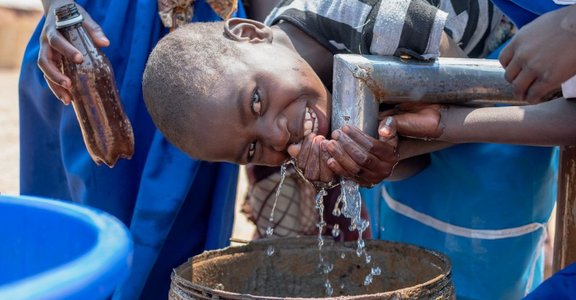
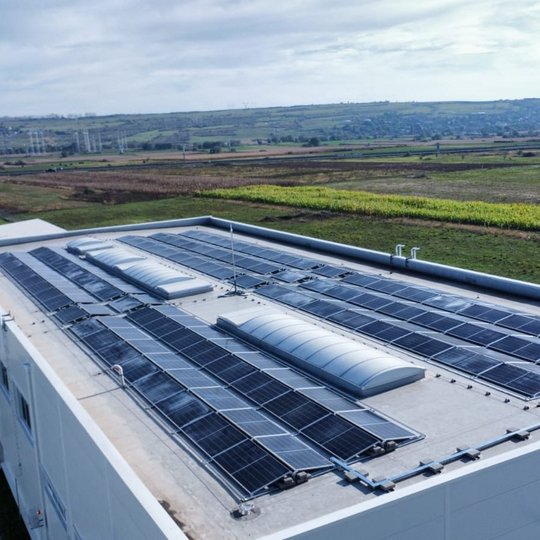
![[Translate to Englisch:] [Translate to Englisch:]](/fileadmin/_processed_/8/b/csm_NEVEON_VcA_Projektreise_2023_IMG_4683__Large__0fdfe0b4eb.jpg)
![[Translate to Englisch:] [Translate to Englisch:]](/fileadmin/_processed_/2/9/csm_Matratzen_Recycling__Large__90a7f6ded1.jpg)


